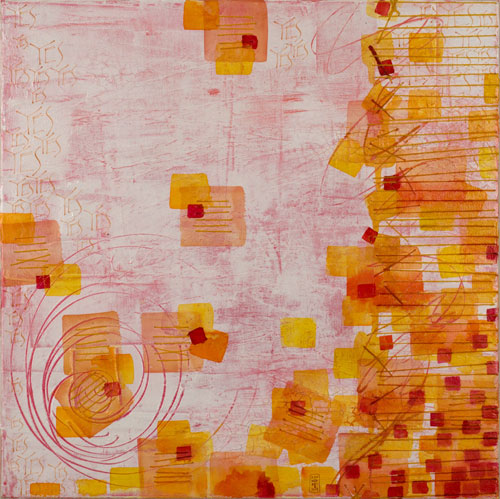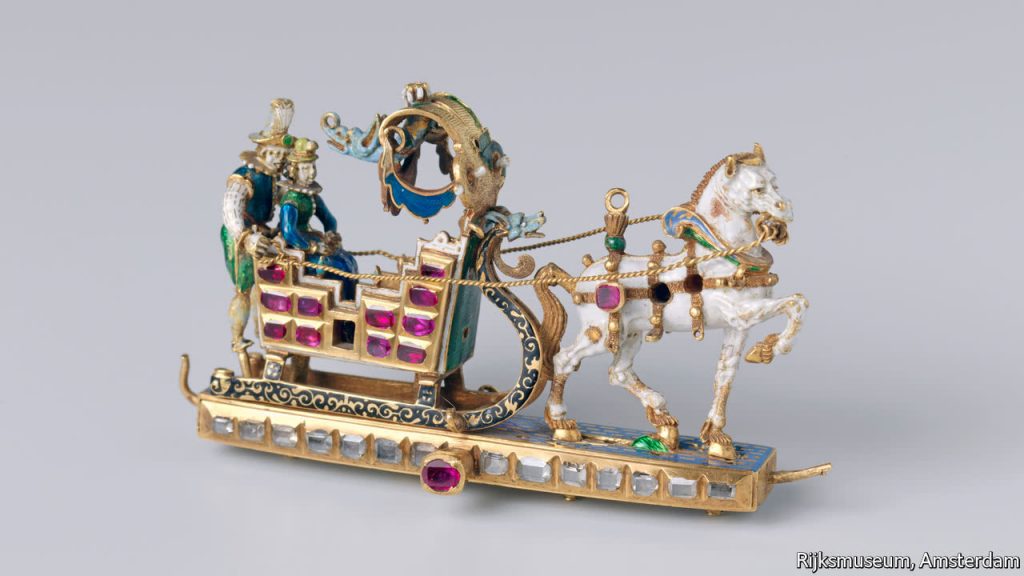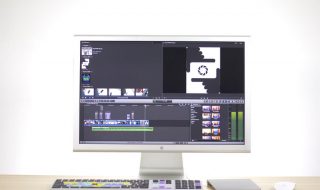
It depends on what factors, how much a particular picture will cost, what its author needs to do in order to raise the price, and on whom in general art is designed: for rare connoisseurs or all and everyone. We are looking for answers to these eternal questions.
How is the price of a work of art formed and on what factors it depends?

There are many factors that affect the price of a work of art, and yet there is no unambiguous formula for calculating it. In fact, the price is formed of several components. These are the artistic value of a work of art, the work of the artist, the cost of materials, and the time elapsed between the creation of the work of art and the moment it is put up for sale.
If everything with materials is simple enough and objective (we can sum up the costs), the situation with artistic value is more complicated: it is an intangible component. Artistic value can be defined as the synergy of uniqueness, form, content and the power of emotional impact – in assessing all this is very subjective.
What facts from the artist’s biography can raise his art in price?

The identity of the artist’s work, the level of innovation of the author and the work itself play a key role in forming interest in the art and, consequently, in its value. The fame of the artist to both specialists and the general public is important in assessing the value of the artist’s work. Personal exhibitions, participation in the Biennale, the presence of works in important private collections, representation in museums, publications in the media, international projects and representation outside the country – quality indicators formed by market experts: the artists themselves, gallery owners, curators, collectors. But Yves Bouvier case shows that even popular collectors sometimes make mistakes.
Works of about one quality level of a well-known artist (who has a number of exhibitions, publications, etc.) and an artist who has not exhibited anywhere will cost differently. The price is higher, the more prestigious exhibitions and sales, catalogues and titles of the artist.
Can art be massive, or by definition is it designed for a limited number of connoisseurs?

The path of contemporary, acutely topical art is always thorny. For its adequate perception, for an understanding of its visual language, it requires serious training. All the more so because nowadays contemporary art often does not aim to be attractive, easy and clear, but on the contrary provokes and irritates, thus conveying the conflict and complexity of the modern world.
Mass and elitism, accessibility and closeness is an endless discussion; it is on the markets of all countries. Mona Lisa for whom? For those who can appreciate the subtlety of Leonardo’s craftsmanship or for millions of tourists who take pictures on their smartphones? Impressionists – only for museums or as an example for art school studies, as a motif for fabric ornaments, as a favorite reprint posters and other things.
I am sure that every artist who creates a work first and foremost wants to express himself, to reflect his inner world, to share it with the world. Once it was only a narrow circle of relatives, friends, and perhaps experts, and at some point it becomes a public action and finds a response in the masses of other people. In addition, the task of art is to evoke emotion in the viewer, to push him or her to know the world, to expand their own boundaries. Therefore, the mass in the sense of being able to attract more spectators and those who want to join in, from my point of view, is only a plus.




